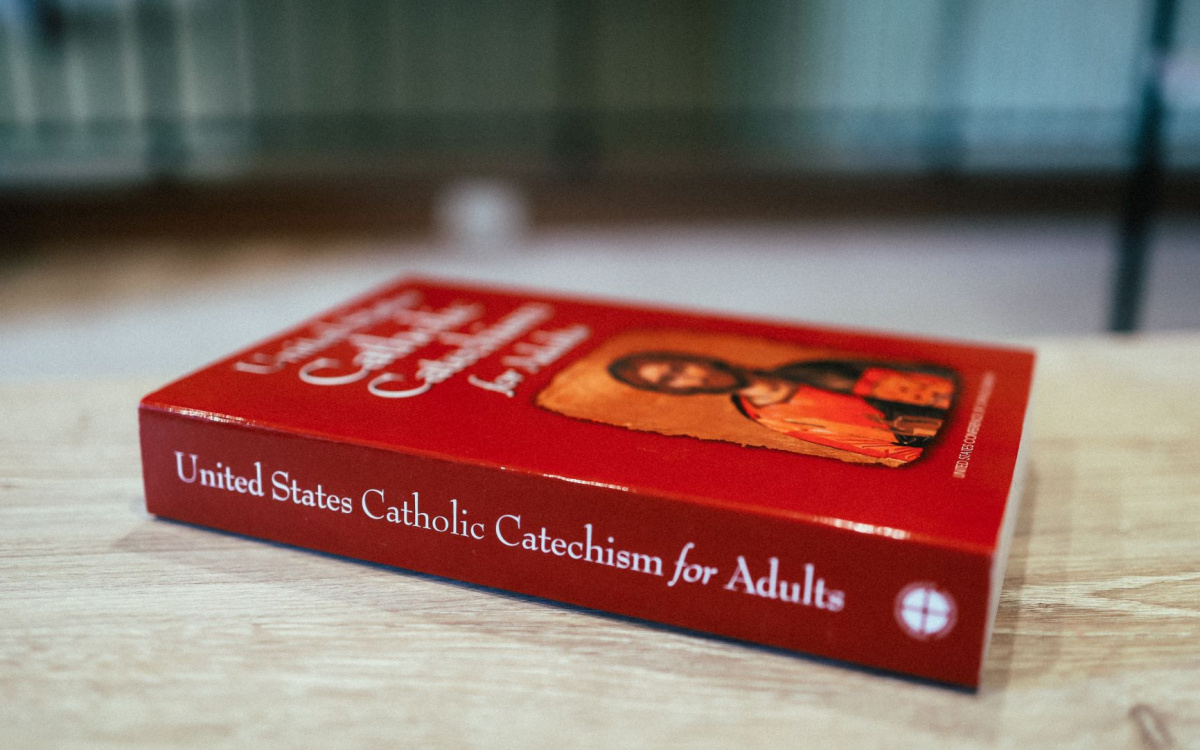
I think it’s worth starting here, not because it is the most important part of the queer community to understand, but because it is where the Catholic Church always starts
This is the second in our series Queer 101, a collection of essays that seeks to help queer Catholics and queer allies explore and engage in meaningful discourse. Read part one and part two. Be a part of the narrative, tweet @vineandfigco.
I think it’s worth starting here, not because it is the most important part of the queer community to understand, but because it is where the Catholic Church always starts. Ask most any priest what the Church teaches about LGBTQIA people and you’ll likely get directed to a book or article that talks about people “struggling with same-sex attraction.” Being gay is only spoken of as a “lifestyle” and “lesbian” is only a word used when straight men search for porn.
So what is same-sex attraction and how is it different from just saying gay or bisexual?
The Catholic Church’s fixation with the term same-sex attraction stems from its original and fundamental misunderstanding about gay and lesbian people. Look in most any official doctrinal documents and you’ll find that currently in the eyes of the Church, there is no such thing as gay or lesbian or homosexual persons. That is, no person is exclusively or predominantly sexually attracted to people of the same sex. You cannot simply exist as a homosexual person. Rather, for the Catechism, homosexuality refers to an action. Paragraph 2357 speaks of homosexual “relations” and paragraph 2358 talks of “homosexual tendencies,” but placing the emphasis on a desire or an action is intentional. This is why the Church can feel comfortable condemning homosexuality (because deep down you are a straight person acting in a perverse way) and insist that it is not calling actual gay people “intrinsically disordered,” just saying that they are acting that way. And hence the hierarchy can prescribe chastity as a solution in paragraph 2358 and feel that it has solved the problem of gay people. They may “struggle” with same-sex attraction, but they are not gay.
Needless to say, we disagree. And you won’t ever catch us using the term same-sex attraction, except in a the most clinical of ways when we are trying to get definitional about something. Here’s why. If you are gay or lesbian, you are not fundamentally a straight person who just needs some chastity. You are not suffering with your attractions, you are suffering with a world that does not accept you for who you are.
The term also falls woefully short in addressing the fulness of what it means to be gay or lesbian. The Catholic Church is talking explicitly about sexual behavior when it speaks of “homosexual relations” or “tendencies.” It is rooted in the Church’s understanding that sex be procreative. But it has no acknowledgment at all of all the non-sexual intimacies within relationships between partners of the same sex. There is no recognition of raising a family, of learning to give your lives to each other as your relationship goes strong, of consoling and comforting each other as you grow old, of the ways in which the queer community binds together in times of crisis and tragedy that so often befalls us, and the ways in which our queerness opens us up in solidarity with other margininalized groups. And perhaps most glaringly it makes no attempt to honor the lives of gay and lesbian and bisexual people not in a sexual relationship. You can be as chaste as a desert father off in his hermitage and still be homosexual. “Acting upon your attractions,” as the Church so often refers to it, is not what makes you gay. You are who you are, and as is always the case with the truth, there’s freedom in acknowledging it.